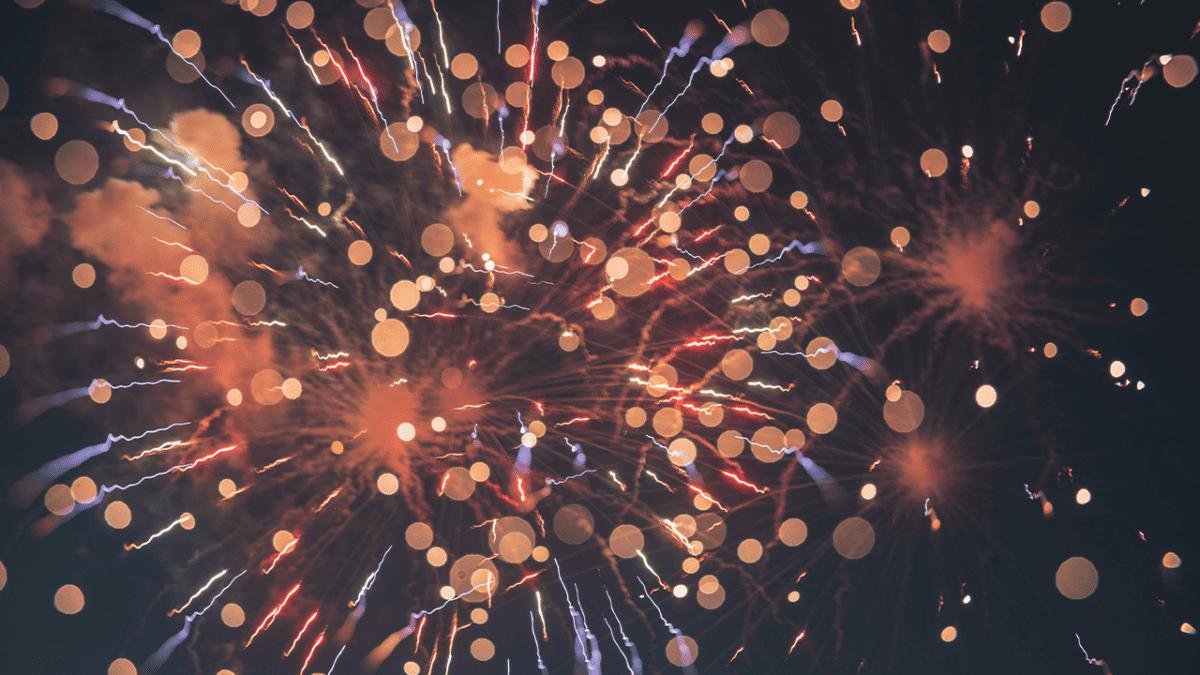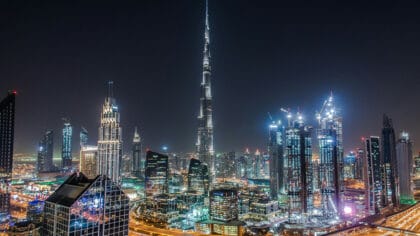Welcome to Undercover Engineers – Access All Areas. We’ve teamed up with inspirational engineers from around the globe, who are all working to make the world a better place.
From Missions to Mars to technology exploring the deepest oceans, from nano technology, to the design of some of the largest structures on earth. Exciting new innovations in engineering are changing and shaping our world in some amazing ways.
In this episode of Undercover Engineers, we are looking into the world of pyrotechnics and propellants and looking at some EXPLOSIVE engineering. But let’s start by looking at the history behind fireworks and the first engineers who created them.
Did you know that fireworks were first used in ancient China?

It was a popular way to celebrate big religious ceremonies. They would chuck bamboo stalks into fires where they would make a series of bangs – how did that happen you might wonder? Well – the bamboo stalks have hollow air pockets inside and when the air in the bamboo overheated, the expanding air caused the bamboo to explode.
Chinese people believed this warded off evil spirits. Then sometime around the year 600 AD, legend has it that a Chinese alchemist mixed 3 materials together – potassium nitrate, sulphur and charcoal… and created something very special – the very first GUNPOWDER! He then poured this into hollow bamboo sticks, which when ignited created an even bigger bang!
So if we want our fireworks today to move, first a fuse is lit igniting a small amount of gunpowder – sometimes called lift powder – causing a force which propels the shell of the firework into the sky to the right height – just like a cannonball out of a cannon.

So this is what we call a PROPELLANT force. It propels the firework into the air, or if we think about a Catherine Wheel it’s what propels the firework to spin around a fixed point.
Inside the firework will be another lit fuse which at just the right moment ignites a section of the shell containing a larger mix of potassium nitrate, sulphur and charcoal.
When these chemicals get hot, they produce two gases – nitrogen and carbon dioxide – these expand quickly causing an explosion – with metal salts added to the mix creating all the different colours. The way the salts are packed into the shell determines the shape of the sparkles.

And talking about propellants – they aren’t just for parties! Using chemical reactions or the way things behave to propel OTHER things to move is something you’ll find in every day life – from powering our car engines – to nail guns used on building sites and even your can of deodorant – although it might be a good idea to use deodorant if you’re going to a party!
And here’s another word to remember. We call the science behind getting things to burn in a certain way PYROTECHNICS, and again pyrotechnics can be used not just for fireworks but also for special effects in movies, to create flares used in aviation or rescue, and even in construction.
But why don’t ALL BURNY things make a bang?! When you think about it some fireworks – for example, Catherine Wheels, are pretty quiet but when we see a big firework go off – or an explosion in a movie…

It’s because when we talk about a loud explosion the reaction that’s taking place creates a gas expanding so quickly that it creates a wave which travels faster than the speed of sound – it’s actually creating a sonic boom.
But how do fireworks come in different colours? It’s all thanks to science…
Or namely how certain chemicals or metal salts added to the mix change colour when heated up – in fireworks you’ll find barium for green, strontium for red or copper for blues.
There’s dozens of different mixes that can produce almost every colour in the rainbow.

Most of us have seen a big firework display – like the ones at new year or bonfire night – but how can engineers get all those fireworks to detonate at the same time?
Well you’d certainly have needed a lot of boxes of matches to set all those off – fortunately technology has come a long way and large displays are often managed by computers.
In a computerised firework display, the pyrotechnics are detonated by electric matches, or e-matches. The e-match head contains a zirconium compound that ignites readily when heated, the heat coming from a coil of wire encasing the head.
The e-matches are triggered remotely from controllers called electronic firing panels, which have banks of switches assigned either to individual pyrotechnics or batches to be fired simultaneously.
Created with the support from The Institution of Engineering and Technology.
For more information visit The IET.

Inspiring Engineering
Find out about some amazing engineers in Sidney McSprocket's Inspiring Engineering
More From Inspiring Engineering






